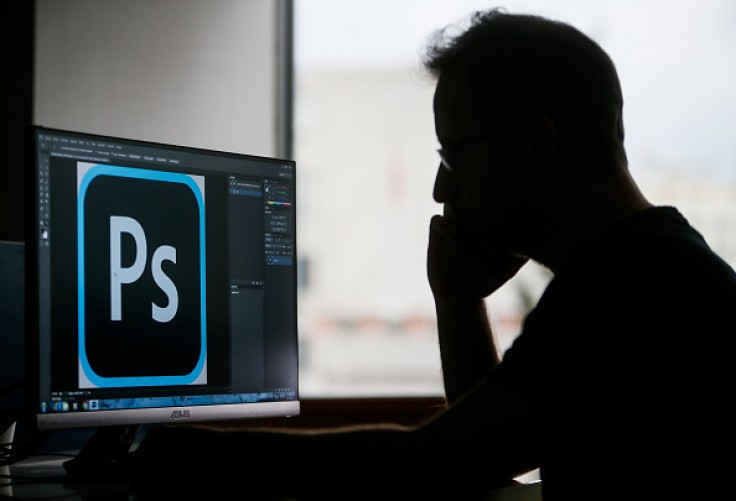Photoshop is one of the most useful tools when it comes to editing photos or creating graphic designs. For a beginner, the application can be quite daunting with all the available features it can offer. To start off, one should learn the basics first, and here are a few that you should learn about.

Layers
Layers are important when you are editing or creating especially complex graphics. Each frame will provide you with the freedom to edit each feature of your work without having to affect the others in the process. It also makes it easier to delete frames you no longer need.
With each layer, you can apply changes using the tools available in the editor, as well as increase or decrease its visibility or adjust its blend into the entire photo. You can duplicate it to have an extra copy in case you make an irrevocable mistake, which comes in handy for artists.
History Panel
Every change you make in your work is recorded by Photoshop. This is useful when you're far along in your work and you realize that you have made a change that you want to revise. By viewing the History Panel, you can easily find the mistake you made and undo it.
This can be a way for you to go as far back even after making several modifications and cannot undo everything using the undo tool (Ctrl + Z), as suggested by Noble Desktop. It's also easier to pinpoint which tool you used then as it is indicated in each frame.
Clone Stamp Tool
The clone stamp is self-explanatory as it copies the areas of one point and applies it to another. You can use this tool to duplicate parts of an image and to either cover up a flaw, such as cloning the pattern of the grass to cover up a stray item in the photo. You can also cover up blemishes by duplicating the same tone from the skin of the subject.
Selection Tools
You'll find yourself thankful for knowing how to use selection tools as you will need them for many reasons. For one, you can use the selection tool to isolate an area, which will allow you to apply changes only to that part without affecting the other areas outside it.
You can also use the lasso tool and control the contours of the selection to transfer areas of an image or simply remove or erase them. This is useful especially when you have a detailed image and you only want to change portions of it without risking other elements.
Spot Healing Brush
If you use Photoshop to edit photos, the spot healing brush is an automatic brush that removes the imperfections in a photo. Like other brushes, you can press a shortcut key to use it, which is the letter J, and adjust its size using the bracket keys, as pointed out by Make Use Of.
Aside from the clone stamp, you can also use this to remove particular imperfections in a photograph without much effort. All you have to do is run the brush on what you want removed and the editor will do the rest by blending the area with the background.
Color Balance
Although camera settings can adjust the colors in your image, sometimes you're still with an unsatisfying outcome, which is where Photoshop comes in with its color balance feature. There are several changes you can make with this alone.
For one, you can make your photo appear warmer or cooler, depending on how you want it. You can also enhance the white balance setting of the photo if you feel like the camera did not do it justice.









